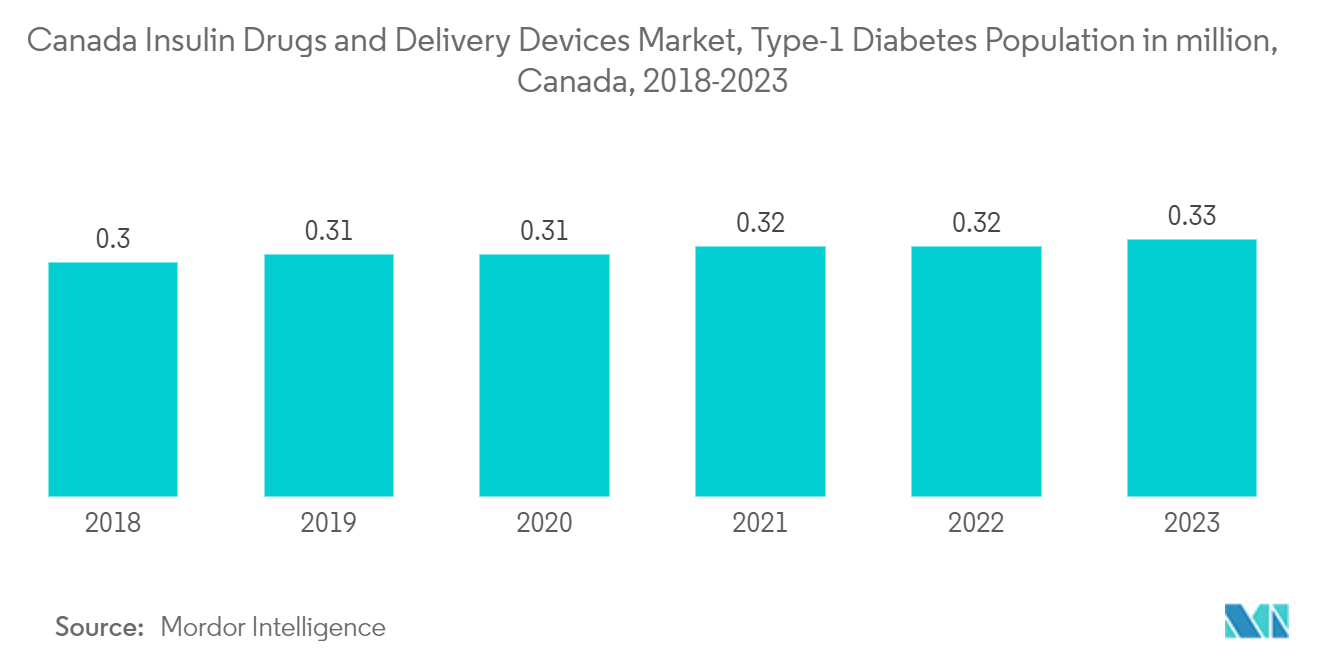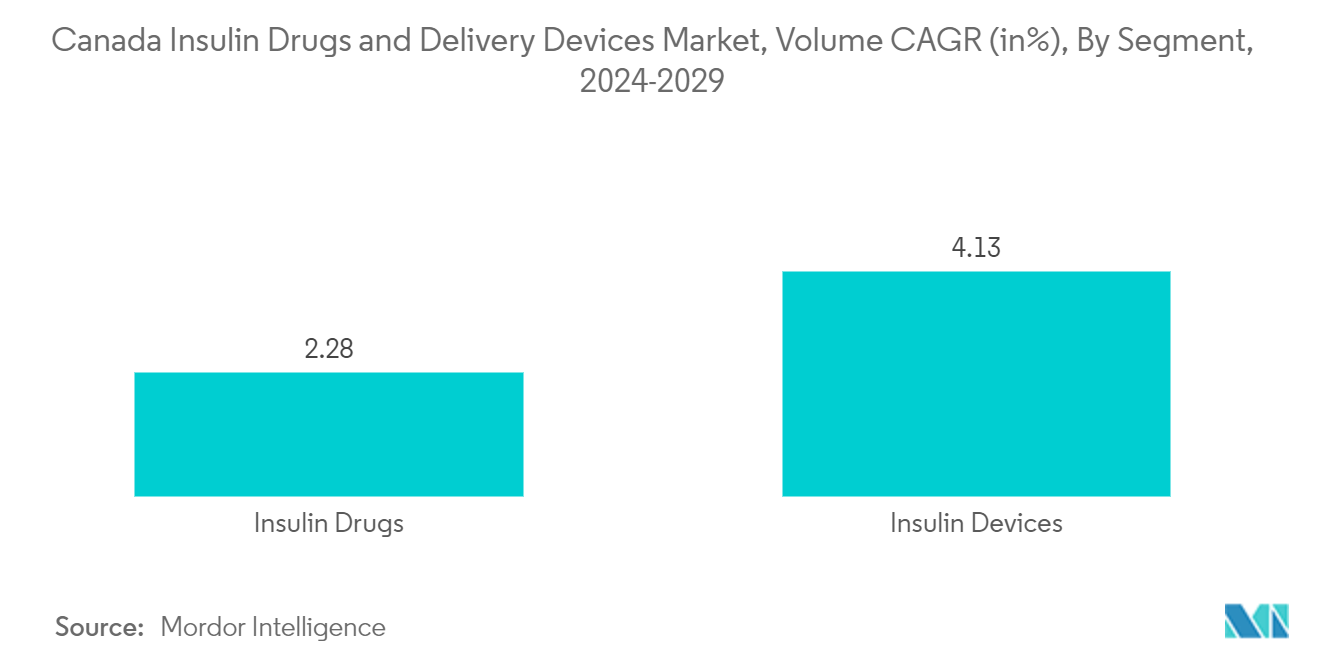Market Trends of Canada Insulin Drugs And Delivery Devices Industry
Growing Diabetes and Obesity Population in Canada
The (CDC) Centers for Disease Control and Prevention stated that smokers are 30 - 40 percent of getting diabetes later in life. These facts were later supported by a study in 2019 which stated that cigarette smoking is one of the reasons for the high cases of diabetes patients in the same year. Diabetes Canada is dedicated to assisting patients in lowering their risk of complications and improving their health outcomes by advocating for access to evidence-based, personalized diabetes treatments such as biologic drugs and biosimilar insulins.
Diabetes Canada is pleased that biosimilar insulins provide additional treatment options for people with diabetes and may be the preferred option for some. However, we believe that the decision to use a biological drug or biosimilar insulin should be made collaboratively by diabetes patients and their healthcare providers.
Diabetes prevalence has increased significantly in Canada over the last few decades, as have healthcare costs. Funding decisions for health systems and services are increasingly being made in a fiscally constrained environment. There must, however, be a balance. Despite financial constraints, patients must remain at the center of health policy decisions.
Diabetes patients should be assisted in reaching their full health potential, with appropriate consideration given to the cost of doing so. With this in mind, insulin-naive patients can be encouraged to begin treatment with biosimilar insulin. Non-medical switching happens when a patient's medical treatment is changed for reasons other than health and safety.
Leading manufacturers focus on technological innovations and develop advanced products to gain a substantial market share. There has been a significant rise in insulin delivery systems technology, from insulin injections to insulin pumps. Technological innovations and advancements offer many conveniences in maintaining blood glucose levels.
Therefore, owing to the increasing diabetes prevalence, the studied market is anticipated to grow over the analysis period.

The Insulin Pumps Segment is Expected to Witness Highest Growth Rate Over the Forecast Period
An insulin pump is a device that delivers insulin continuously or, whenever required, automatically. The pump mimics the human pancreas. The insulin infusion pump works as an alternative to the traditional system of daily injections or an insulin pen.
Insulin Pump held a major market share in the insulin delivery devices market in the current year and is expected to grow with a CAGR of more than 4.3% during the forecast period because of the increasing technological advancement and its preference over other traditional methods due to continuous insulin administration. Insulin pump therapy is a well-established insulin administration method for type 1 diabetes (T1DM) people. Pumps are a validated, time-tested therapeutic option in T1DM at all ages, enabling near-physiological insulin delivery in situations where the pancreas does not produce insulin.
There are even pump models with remote controls enabling parents of young children to either suspend or bolus insulin from a distance when the child is playing or eating. The insulin infusion pumps reduce the large swings in blood glucose levels, induce less pain, and deliver more accurately when compared to injections. These advantages of insulin pumps over the traditional delivery system are expected to boost the market.
Canadians living in provinces with limited coverage or not meeting eligibility criteria for their provincial plan must pay out-of-pocket for insulin pump therapy, which carries a USD 6,000 to USD 7,000 price tag. In addition, the ongoing expense of monthly supplies is a constraint to the use of insulin pumps, costing up to USD 300 every month. For many people, these charges are prohibitive. Restricted access means a lost opportunity for people with type 1 diabetes to enhance their glucose management and diabetes-specific quality of life and treatment satisfaction.
Diabetes Canada recommends that provincial governments remove age discrimination and other financial and administrative barriers to accessing the insulin pump program to make pump therapy available to all clinically eligible people with type 1 diabetes. Pump supplies must be covered for all products required to use an insulin pump, including antiseptic, adhesive, and protective barrier products. When governments use co-pays and mean testing, the test criteria must be set at a level that ensures the cost of diabetes care is not a barrier or burden to the individual. People living with diabetes in Canada should also have access to the education and support they need to effectively manage their disease.


